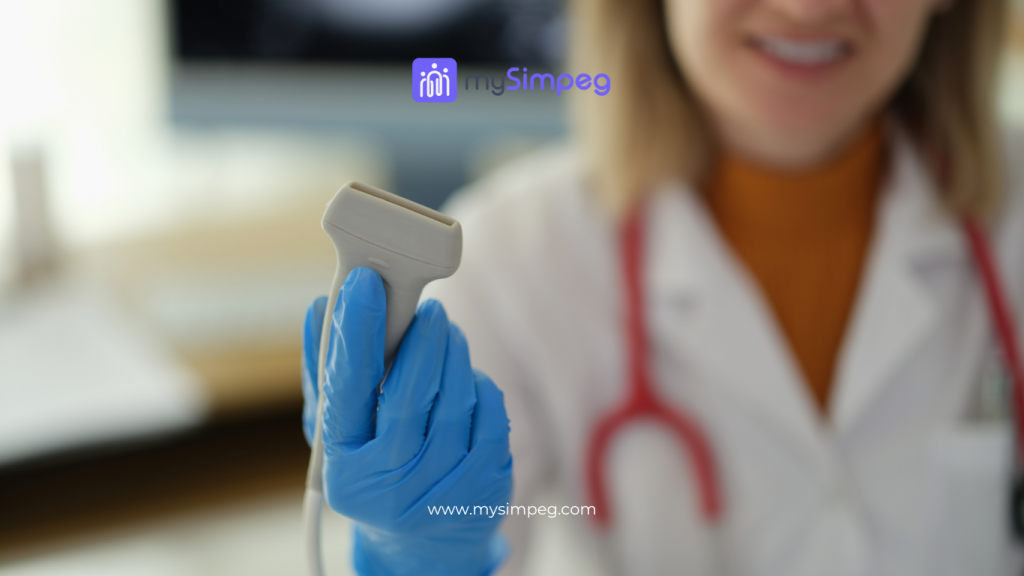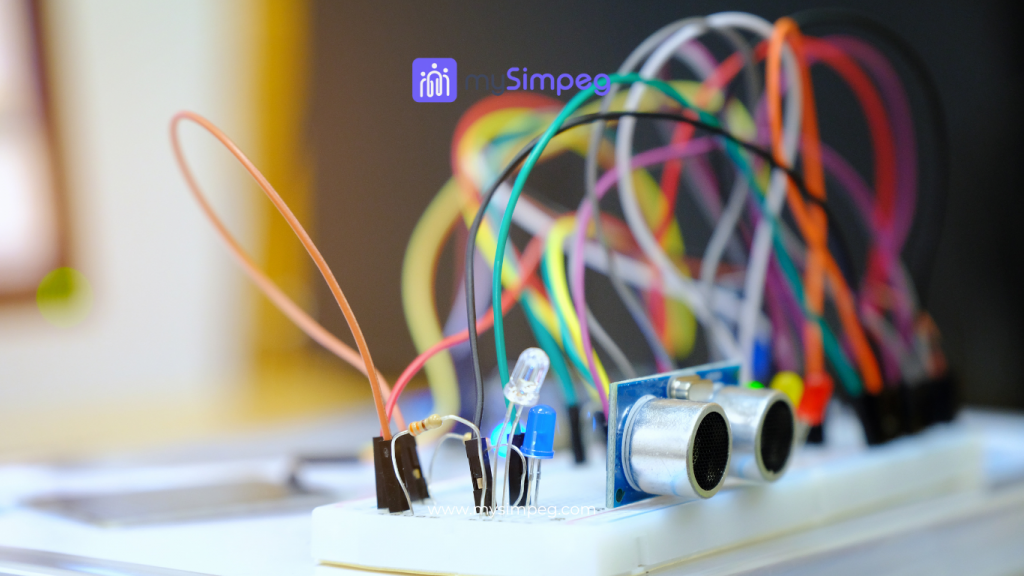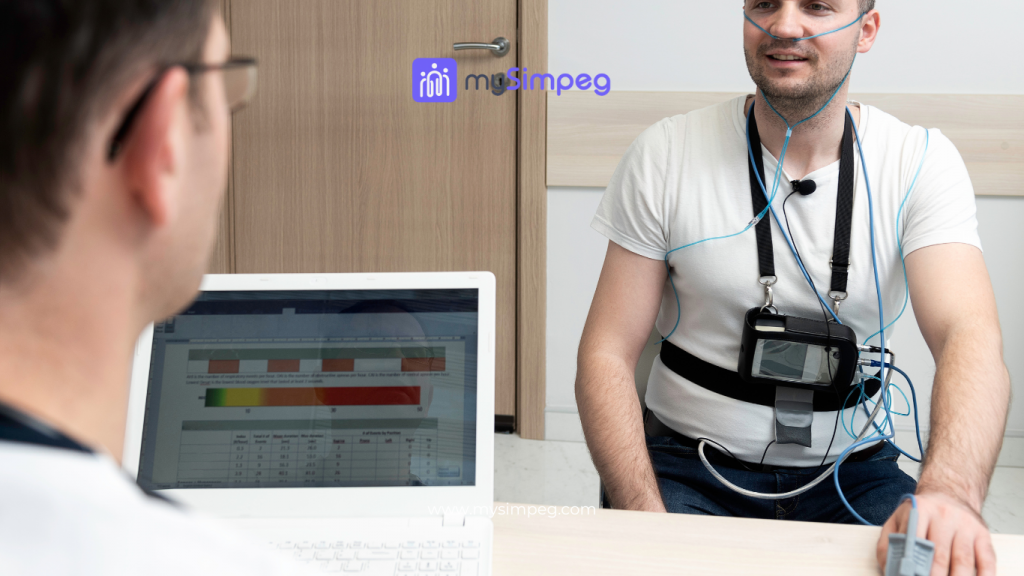Don't miss our holiday offer - 20% OFF!
In today’s digital era, the Internet of Things (IoT) has become a major driving force across various sectors, including public health. Consequently, with technological advancements, IoT sensors offer innovative solutions that can significantly aid Health Departments in optimizing public health. Specifically, this article will discuss how IoT sensors can enhance the effectiveness of public health programs. Moreover, it will explore the benefits of these sensors, address the challenges faced, and outline their implementation.
Contents
1. What Are IoT Sensors and How Do They Work?

Read More: Healthcare IoT: Perawatan Pasien dan Efisiensi Rumah Sakit
1.1 Definition of IoT Sensors
IoT sensors are devices connected via the internet capable of collecting and sending data to a central system. These sensors can monitor various environmental and health parameters in real-time, such as temperature, humidity, air quality, and human vital signs.
1.2 How IoT Sensors Work
IoT sensors work by collecting data through various types of sensors (e.g., temperature sensors, humidity sensors, air quality sensors) and then transmitting this data over the internet to a data processing platform. This data is then analyzed to provide valuable insights and support decision-making.
2. Benefits of IoT Sensors for Public Health

Read More: How Water Quality Sensors Work to Improve Safety and Health in School Environments
2.1 Real-Time Health Monitoring
IoT sensors enable real-time health monitoring for both individuals and communities. For example, sensors placed in the environment can monitor air quality and alert residents about potential health risks, such as high air pollution levels.
2.2 Early Detection and Disease Prevention
With data collected from sensors, health departments can analyze patterns of disease and health risks earlier. This allows for quicker interventions and more effective prevention.
2.3 Better Resource Management
IoT sensors assist in managing health resources by providing accurate data on community needs. For instance, data on healthcare facility usage and medication availability can aid in better planning and distribution of resources.
2.4 Increased Public Awareness
With easily accessible information, the public can become more aware of factors affecting their health and take necessary preventive actions. IoT sensors can provide useful information through apps or wearable devices.
3. Implementing IoT Sensors in Public Health Programs

Read More: IoT Sensors for Enhanced Urban Landscaping
3.1 Integration with Existing Health Systems
Integrating IoT sensors with existing health systems is crucial to maximizing their benefits. Health departments need to ensure that data from sensors can be integrated with existing health management systems, such as Electronic Health Records (EHR).
3.2 Infrastructure and Network Setup
Installing sensors requires adequate infrastructure and network. Health departments must ensure that the network infrastructure is robust enough to handle the collected data and that sensors are placed in strategic locations for accurate data.
3.3 Training and Education
Health personnel and end-users must receive training on how to use and interpret data from IoT sensors. Proper education will ensure that the technology is used effectively and that the data generated is utilized well.
3.4 Data Management and Security
Managing the data produced by IoT sensors requires special attention, particularly regarding security. Health departments must ensure that personal and health data is well protected and complies with data protection regulations.
4. Challenges in Implementing IoT Sensors for Public Health

Read More: The Role of Gas and Particle Sensors in Protecting Health
4.1 Privacy and Security Issues
One of the main challenges is ensuring data privacy and security. IoT sensors collect highly sensitive data, so protecting this data is crucial to avoid privacy breaches.
4.2 Cost and Resources
Installing and maintaining IoT sensors can be costly. Health departments need to consider the costs of devices, network infrastructure, and personnel training.
4.3 Technology Limitations
IoT sensor technology continues to evolve, and there may be limitations in terms of accuracy, reliability, or integration with other systems. Choosing the right devices and ensuring compatibility with existing technologies is important.
4.4 Adoption and Community Engagement
Community engagement and technology adoption by end-users also pose a challenge. Health departments need to make efforts to raise awareness and ensure that the technology is effectively used by the public.
5. Case Studies: Implementing IoT Sensors in Various Cities

Read More: Temperature Sensors: Working in Electric Motor Health Monitoring
5.1 City A: Air Quality Monitoring
In City A, IoT sensors are used to monitor air quality across various locations. The collected data helps identify areas with high pollution levels and enables authorities to take quick action to mitigate health impacts.
5.2 City B: Monitoring Infectious Diseases
City B uses IoT sensors to monitor the spread of infectious diseases. By collecting data from various sources, health departments can track outbreaks and respond with necessary preventive measures.
5.3 City C: Managing Health Facilities
In City C, IoT sensors assist in managing health facilities by monitoring medical equipment usage and ensuring that medication supplies are always available. This improves operational efficiency and healthcare services.
Conclusion
IoT sensors offer significant potential for optimizing public health by providing accurate, real-time data. With better health monitoring, early disease detection, and more effective resource management, IoT sensors can provide substantial benefits to Health Departments. Although there are challenges related to privacy, costs, and technology adoption, these innovative solutions have the potential to enhance overall quality of life and public health. To achieve maximum benefits, it is essential for health departments to implement proper integration, adequate training, and robust data protection measures.





